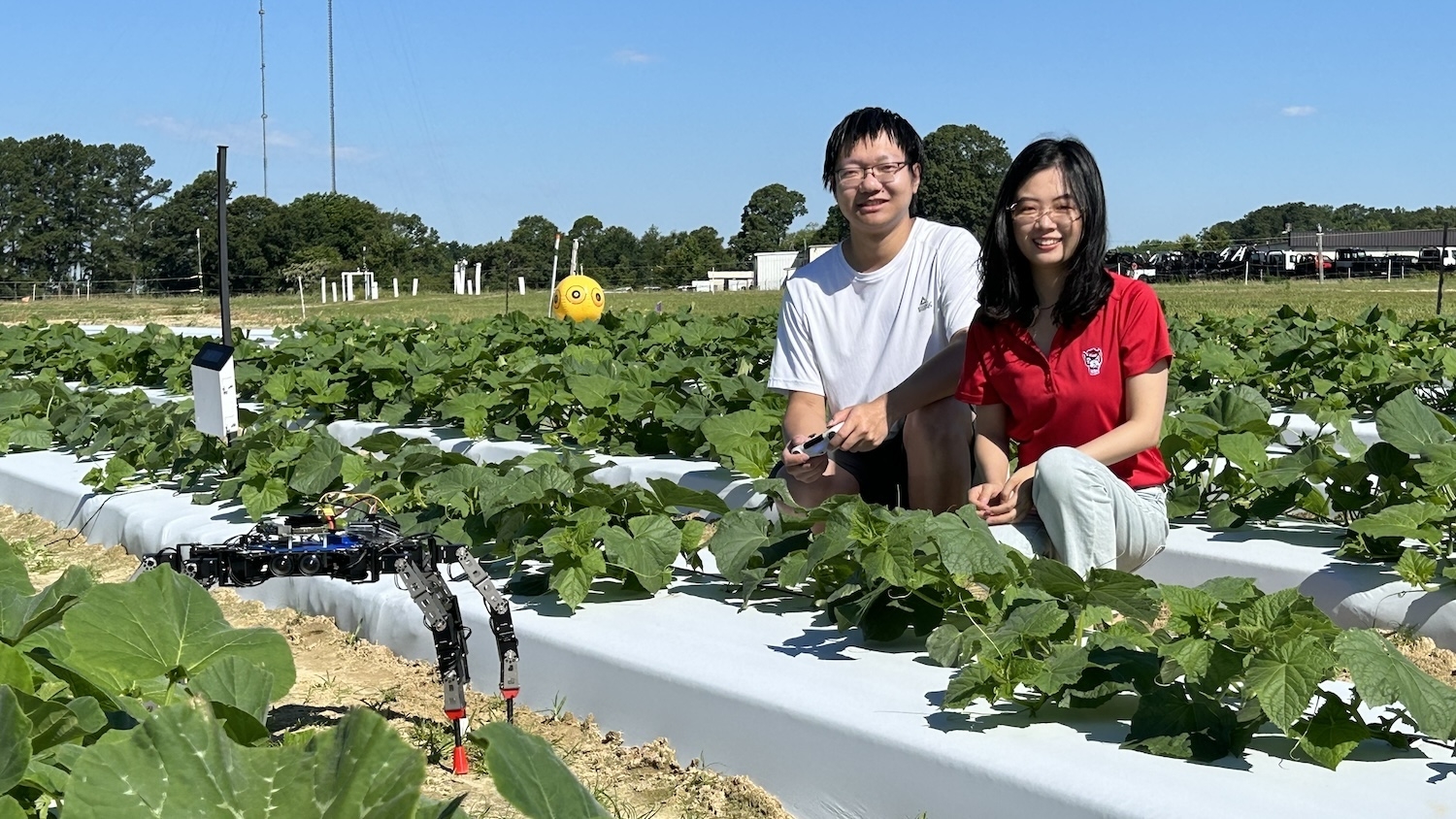New Publication Provides PFAS Answers
In a new publication from NC State Extension, Khara Grieger provides easy-to-understand answers to important questions about PFAS.

PFAS chemicals, sometimes referred to as “forever chemicals,” have been a big topic in North Carolina and the rest of the country in recent years, and often, it seems, there are more questions about per- and polyfluoroalkyl substances than there are answers.
A new NC State Extension publication from Khara Grieger, assistant professor in NC State University’s Department of Applied Ecology, explores the topic, providing easy-to-understand answers to important questions about PFAS.
Grieger, also an Extension specialist and affiliate faculty member with the N.C. Plant Sciences Initiative, has conducted numerous PFAS training sessions for county Extension agents both in-person and online. Her Guide to Understanding PFAS in Our Communities explains what these compounds are and how we can be exposed. The publication also describes ways in which we can reduce our exposures and help protect our health as well as the health of livestock and pets.
Grieger, says that for many questions, there aren’t clear cut answers to the question she gets most often: Is food grown or exposed to PFAS safe to eat?
“It’s very much an evolving science, and we’re in the early stages,” Grieger says. “Right now, there is a substantial amount of research being done on PFAS, and I hope we start to have better information on the risks of these compounds in the coming years.”
One of the major challenges is that there are estimated to be well over 10,000 different compounds, and researchers are just starting to understand the effects of a few of them.
“We are just scratching the surface to understanding the full health and environmental effects of these compounds,” Grieger adds.
“Given that we are exposed to PFAS through several ways, the most important recommendation I have is to become more familiar with these compounds, their potential effects on our health, and ways in which we can reduce our exposures,” she says. “This Extension publication is a one way to share this information with our communities to safeguard health and help people make informed decisions.”


